Van Vleck Observatory Celebrates Centennial with Exhibition, Event Series
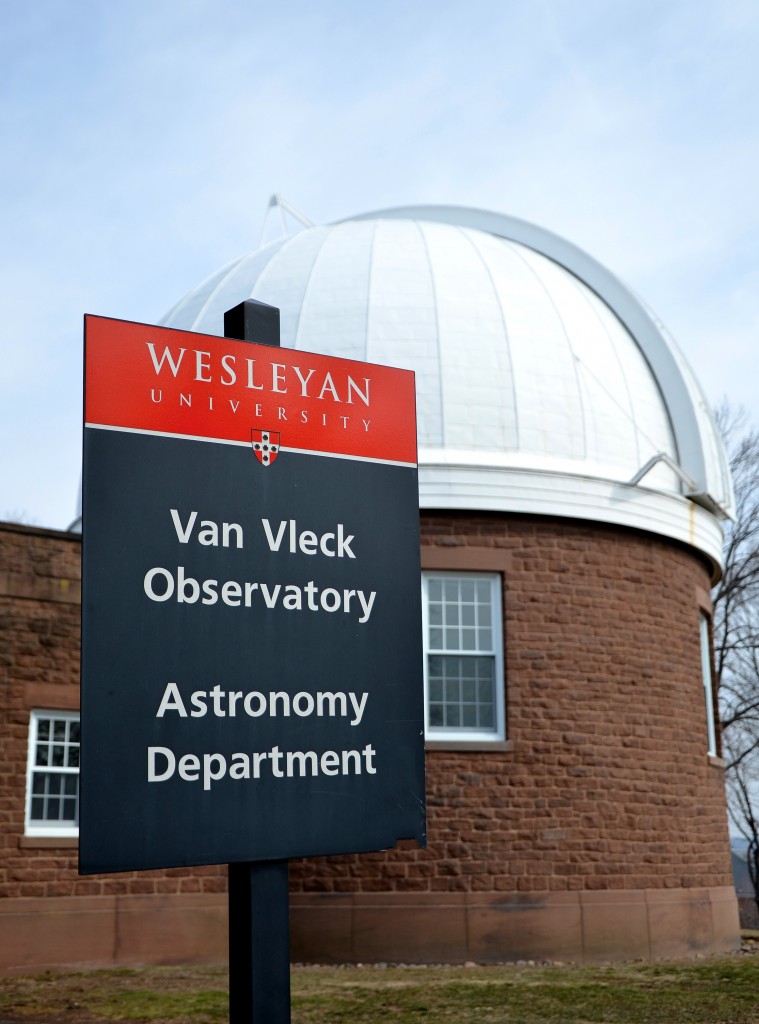
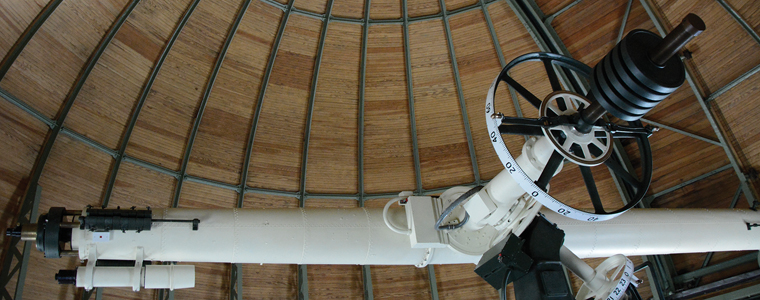
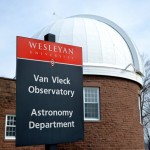
Wesleyan’s Van Vleck Observatory is celebrating its centennial this spring, with a series of events and an exhibition beginning in early May.
On May 6, the observatory’s library will reopen to the public with an exhibition on the history of astronomy at Van Vleck. Developed by a team of faculty, students, and staff, the exhibition will use the observatory’s extensive collection of scientific instruments, teaching materials, photographs, drawings, and correspondence to illustrate both the changes in astronomical research and teaching over the past century, and the observatory’s consistent mission of conducting instruction and research under the same roof. The exhibition will incorporate the history of science into Van Vleck’s existing public outreach programs through period lectures, demonstrations of historic artifacts, and gallery talks.
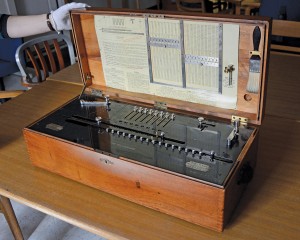
The exhibition was spearheaded by Roy Kilgard, support astronomer and research associate professor of astronomy, Seth Redfield, associate professor of astronomy, associate professor of integrative sciences, Amrys Williams, visiting assistant professor of history, and Paul Erickson, associate professor of history, associate professor of environmental studies, associate professor of science in society.
More events are planned in the run-up to the exhibition opening. On May 1, the Wesleyan Orchestra will hold a concert featuring astronomically themed music, including John Cage’s Atlas Eclipticalis, which was composed using star charts from the Van Vleck Observatory library. On May 3, Special Collections & Archives will host an exhibition, “A Stellar Education: Astronomy at Wesleyan, 1831-1916.” Located on the first floor of Olin Library, the exhibition documents the study of astronomy at Wesleyan from the university’s opening through the construction of the Van Vleck Observatory. On May 4, the History Department is hosting David DeVorkin, senior curator at the National Air and Space Museum, who will give a talk situating Van Vleck in the history of American observatories.
As a capstone event of the centennial celebration, Wesleyan will host a one-day symposium on June 16, the 100th anniversary of the observatory’s dedication. Co-sponsored by the Astronomical Society of Greater Hartford, an organization of amateur astronomers with whom Wesleyan’s Astronomy Department has maintained close ties for many decades, the symposium will feature panel discussions covering Van Vleck’s mission of research, instruction and outreach; a reception with period music; and observation through the restored 20-inch Clark refractor telescope.
A complete list of centennial events is available here.
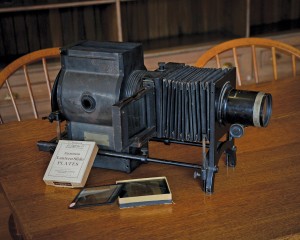
In addition to interpreting the observatory’s past, the team has been working to document its more recent history through an ongoing oral history project. So far, they have conducted over 20 interviews with current and former faculty, students, staff and amateur astronomers. The oral histories will become part of a more extensive digital collection of materials related to the history of astronomy at Wesleyan and held by the University Archives. The team is actively soliciting stories from the wider community. Learn more here.
Read more about the observatory’s history, and some of the artifacts featured in the exhibition, in this Wesleyan magazine story.
Read an October 2015 feature in Astronomy magazine about Wesleyan’s astronomical history and the restoration of its century-old, 20-inch refractor telescope.

